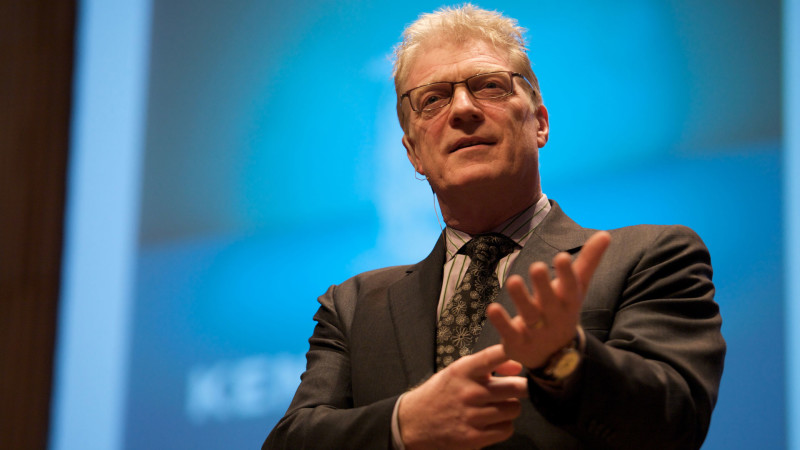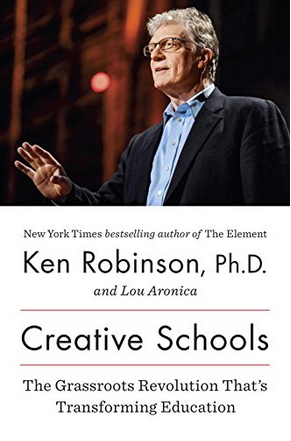From Creative Schools by Ken Robinson and Lou Aronica, published April 21, 2015, by Viking, an imprint of Penguin Publishing Group, a division of Penguin Random House LLC. Copyright by Ken Robinson, 2015.
Creative Teaching
Let me say a few words about creativity. I’ve written a lot about this theme in other publications. Rather than test your patience here with repetition of those ideas, let me refer you to them if you have a special interest. In Out of Our Minds: Learning to Be Creative, I look in some detail at the nature of creativity and how it relates to the idea of intelligence in the arts, the sciences, and other areas of human achievement. In 1997, I was asked by the U.K. government to convene a national commission to advise on how creativity can be developed throughout the school system from ages five through eighteen. That group brought together scientists, artists, educators, and business leaders in a common mission to explain the nature and critical importance of creativity in education. Our report, All Our Futures: Creativity, Culture and Education, set our detailed proposals for how to make this happen in practice and was addressed to people working at all levels of education, from schools to government.
It’s sometimes said that creativity cannot be defined. I think it can. Here’s my definition, based on the work of the All Our Futures group: Creativity is the process of having original ideas that have value.
There are two other concepts to keep in mind: imagination and innovation. Imagination is the root of creativity. It is the ability to bring to mind things that aren’t present to our senses.



